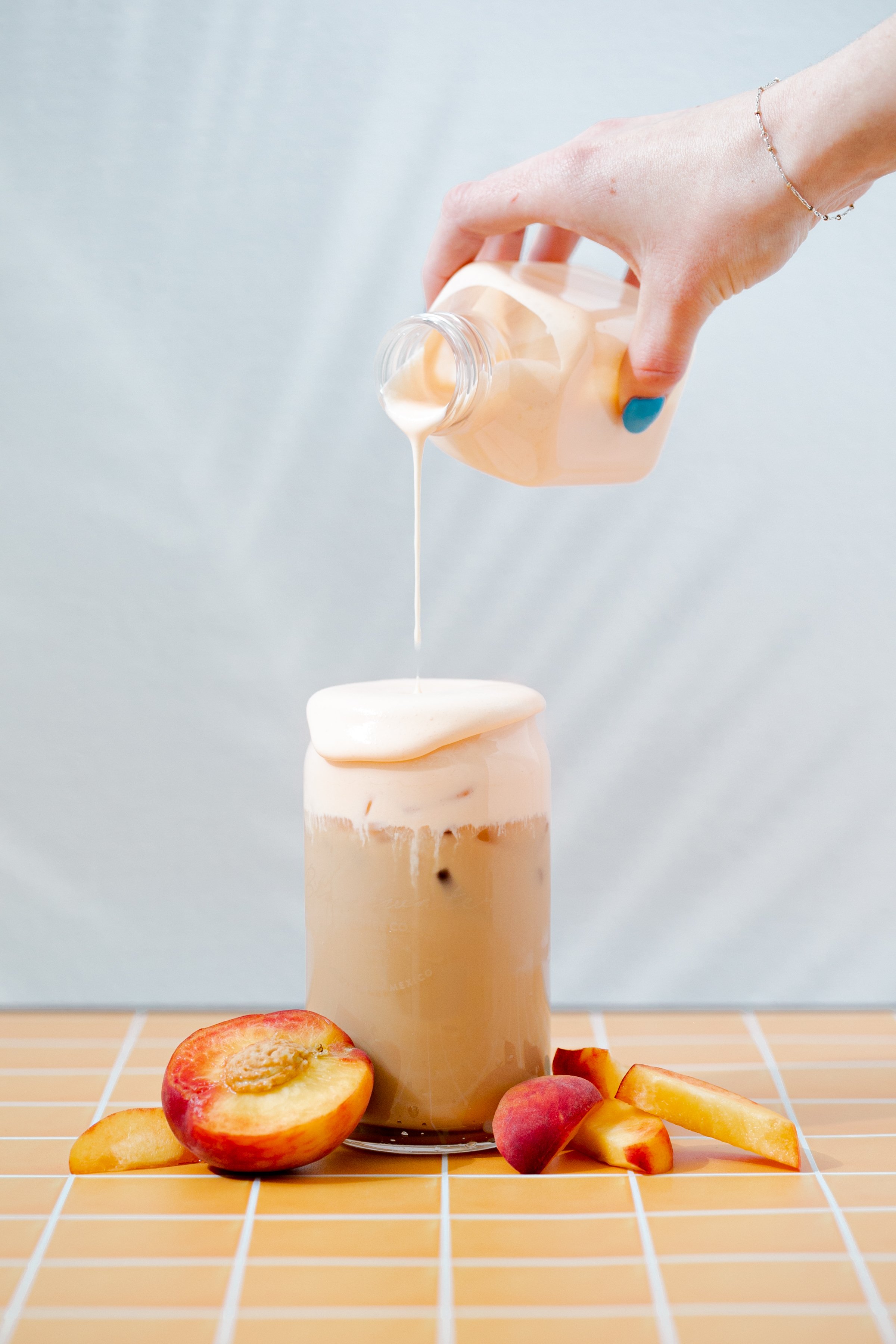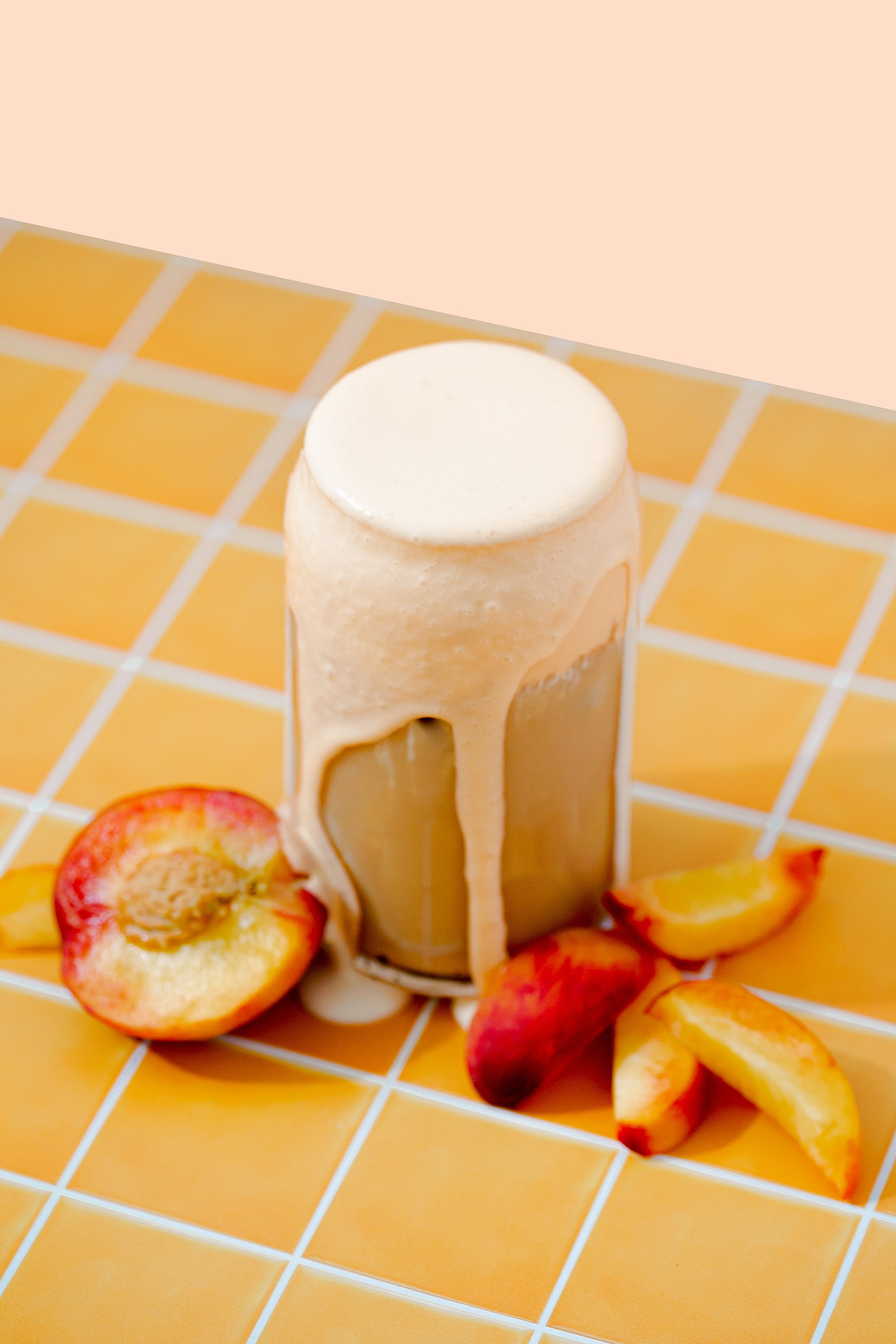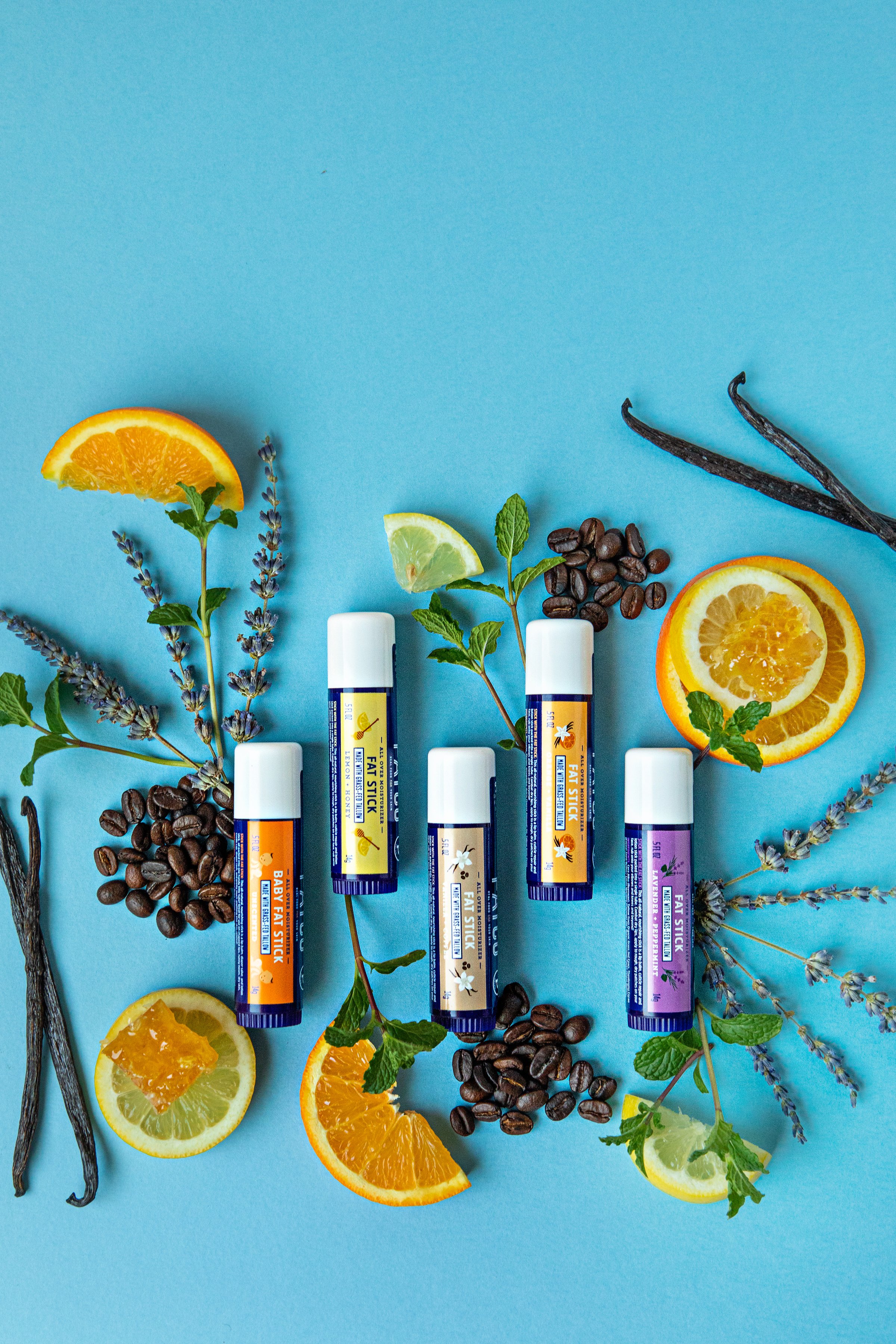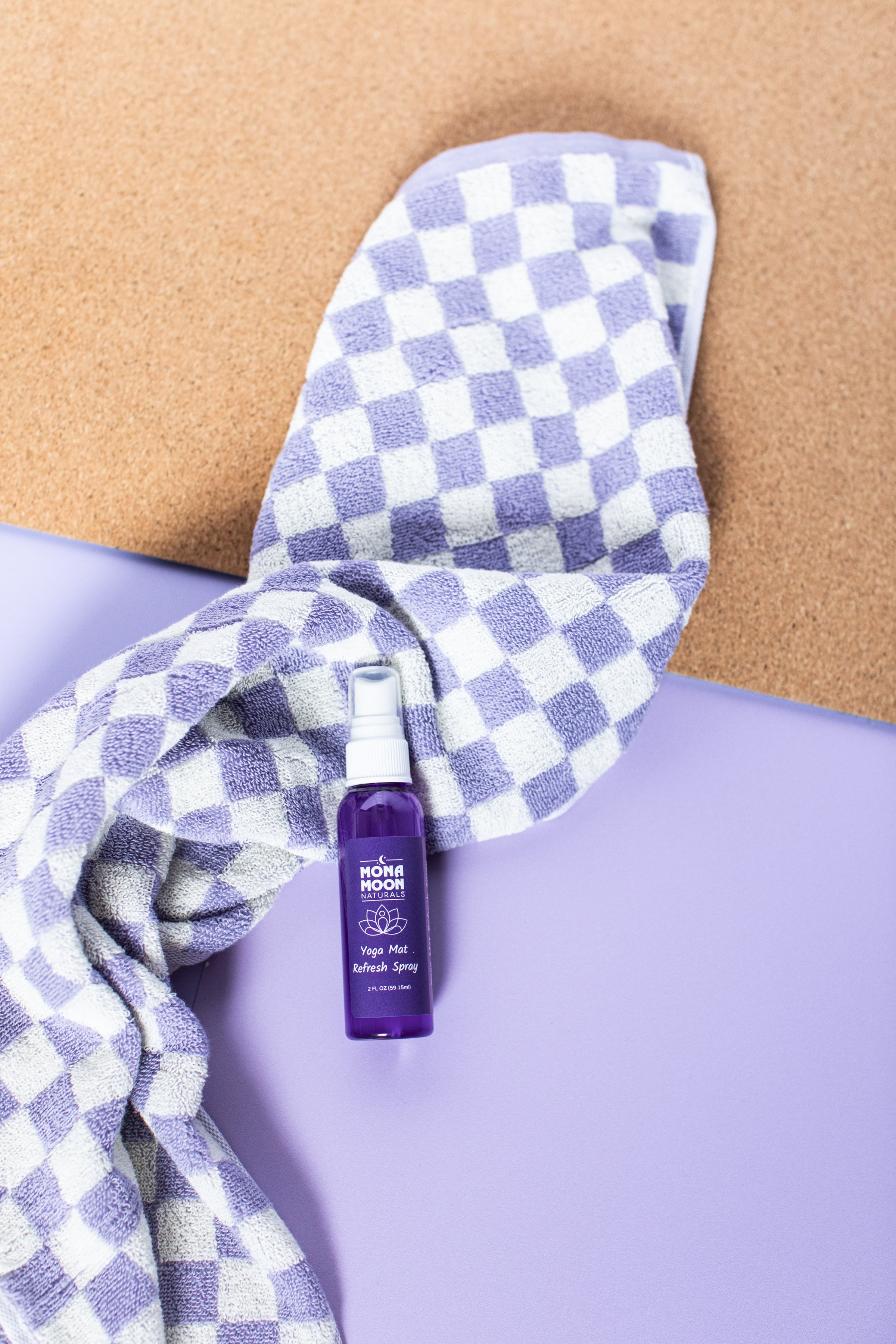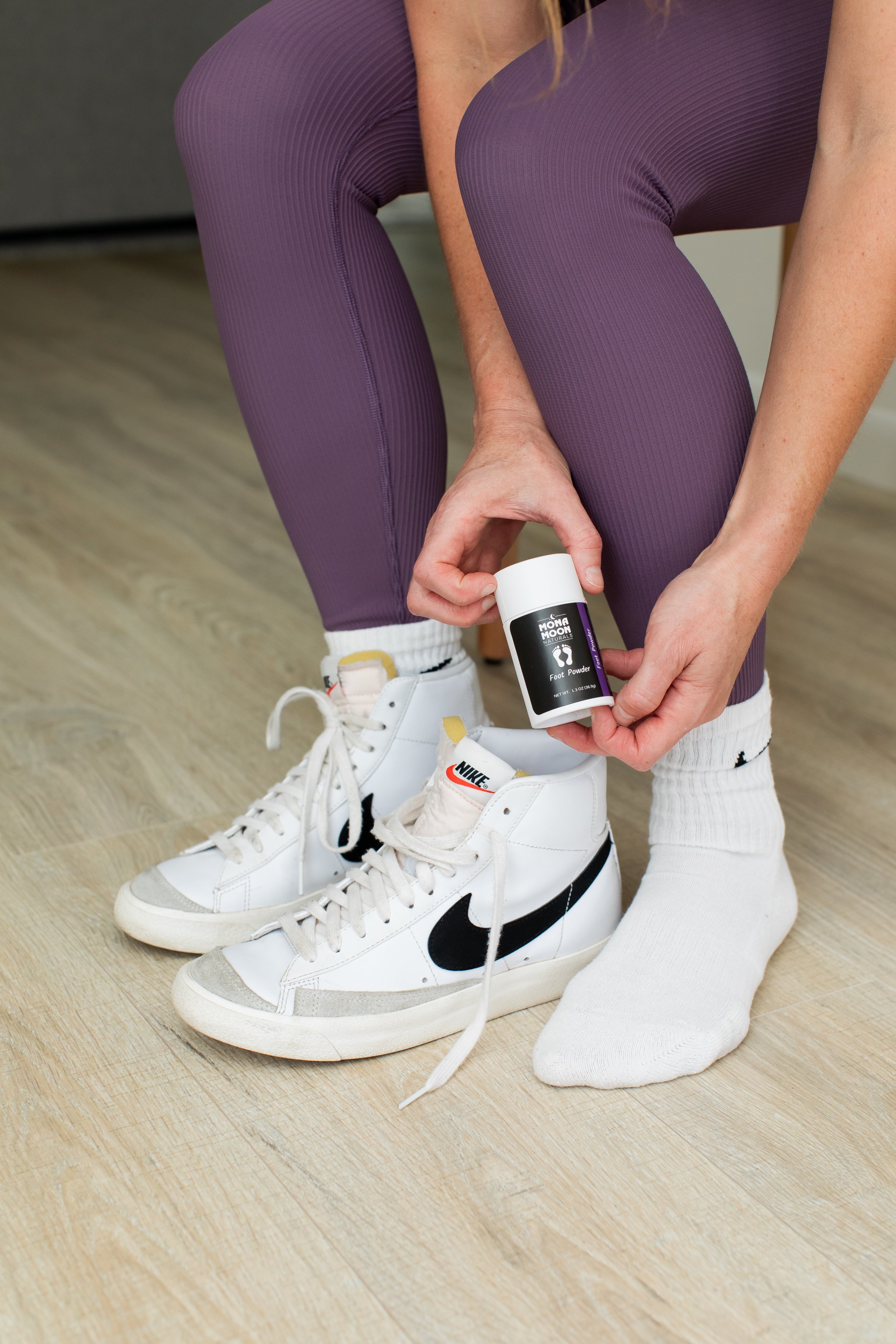How to use your professional product photos
/Product photos can be used in a variety of ways to promote and enhance a brand. Some of these may be obvious, and you are probably already doing most of them, but there might be one idea in this list you haven’t done.
Here are some ideas for how business owners who sell products can make the most of their professional product photos:
1. E-Commerce Website:
- Use high-quality product photos on their e-commerce website to showcase their products. This is crucial for increasing sales and conversions.
2. Social Media:
- Share the photos on social media platforms like Instagram, Facebook, and Pinterest to engage with their audience and drive traffic to their website.
3. Email Marketing:
- Incorporate product photos into email marketing campaigns to showcase new arrivals, promotions, and special offers to their subscribers.
4. Print Marketing:
- Use product photos in brochures, catalogs, and flyers to create eye-catching print marketing materials for distribution at trade shows, events, or in-store promotions.
5. Packaging Design:
- Incorporate product photos into product packaging to provide a clear visual representation of what customers can expect when they purchase the product.
6. Advertising Campaigns:
- Utilize product photos in online and offline advertising campaigns, including Google Ads, Facebook Ads, and banner ads.
7. Content Marketing:
- Create blog posts, articles, and other content on their website that feature product photos to educate and inform customers about their products.
8. Social Media Stories:
- Use product photos in Instagram Stories, Facebook Stories, and Snapchat to provide short-lived but engaging content that promotes their products.
9. Influencer Collaborations:
- Share product photos with influencers and brand ambassadors for them to use in their content, helping to promote the products to their followers.
10. Product Packaging Inserts:
- Include printed product photos inside the product packaging as a visual representation of the product, as well as to cross-promote other products or encourage customer loyalty.
11. Product Listings on Marketplaces:
- When selling on marketplaces like Amazon or eBay, use product photos to create appealing product listings that stand out among the competition.
12. Trade Shows and Exhibitions:
- Display product photos at trade shows, exhibitions, and industry events to attract potential buyers and partners.
13. Website Banners and Sliders:
- Use product photos in website banners and sliders to create a visually appealing homepage and draw attention to featured products.
14. User-Generated Content:
- Encourage customers to share their photos using the products on social media and use these user-generated photos as part of their marketing efforts, with proper permissions.
15. Packaging Inserts:
- Include printed product photos, along with promotional materials, in the product packaging to enhance the unboxing experience and encourage repeat purchases.
16. Google My Business:
- Add high-quality product photos to their Google My Business profile to improve local search visibility and attract potential customers in their area.
17. Product Comparisons:
- Create product comparison charts or guides that include product photos to help customers make informed purchase decisions.
18. Affiliate Marketing:
- Share product photos with affiliate marketers who can use them to promote the products and earn commissions on sales.
By using your product photos across these various platforms and marketing channels, you can effectively build and promote your brand, increase sales, and engage with your target audience.
